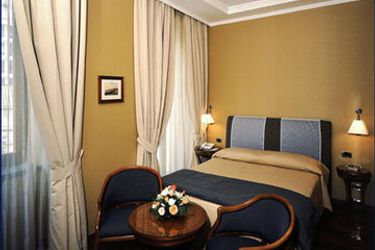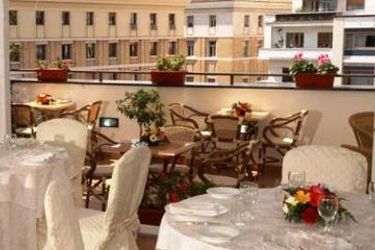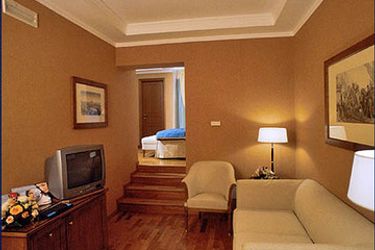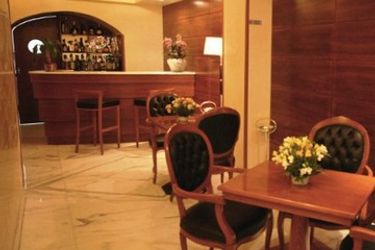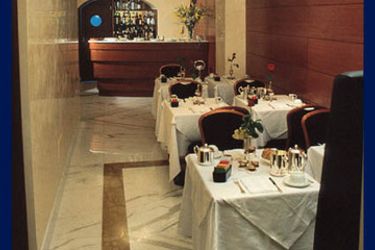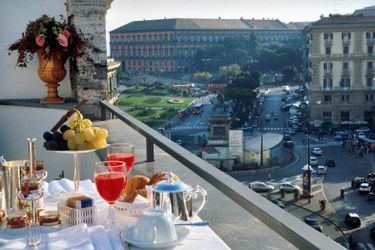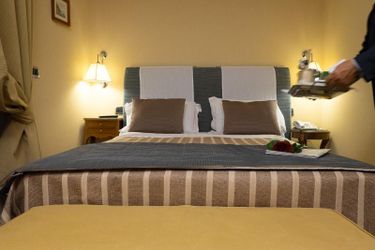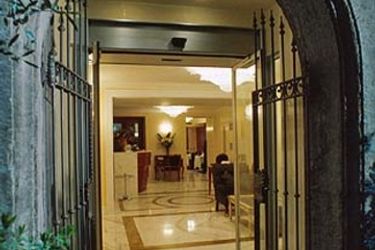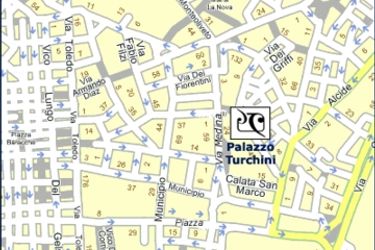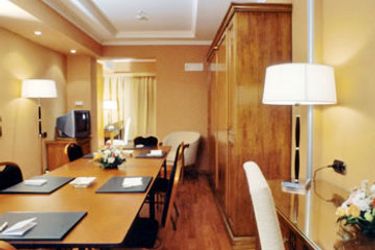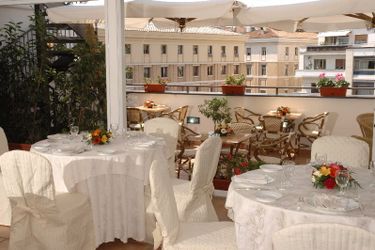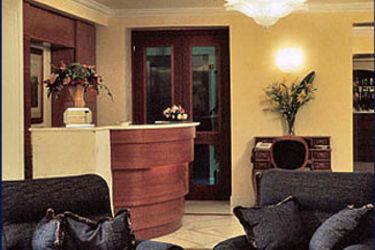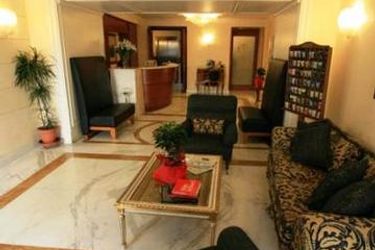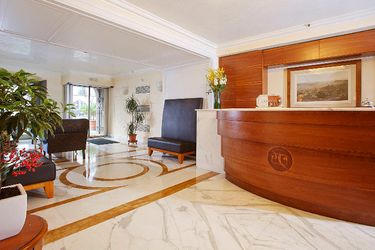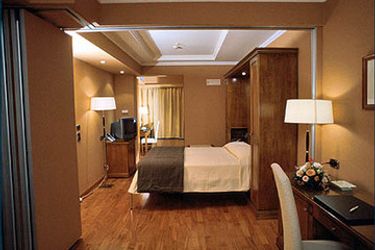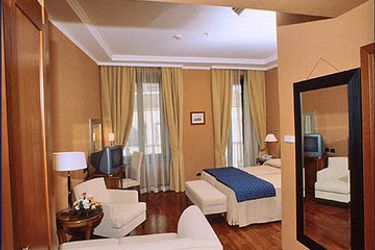Rooms
The twenty-seven rooms, with warm and relaxing colours – three of them have a little private terrace – are characterized by the different exposure. Some of them look into the internal garden, some other rooms have a view on the typical loggias and domes of the city, from other ones one can admire the Vesuvius. The Fountain of Neptune, of XVIIth century, the Church of Incoronata, the gardens of the Royal Palace, the high towers of castle Maschio Angioino, the parvis of San Giorgio dei Genovesi are the unique scenario that one can admire from the eight rooms of the external facade.
Restaurant
Satisfy your appetite at the hotel's coffee shop/cafe, or stay in and take advantage of the room service (during limited hours). Mingle with other guests at the complimentary reception, held daily. Wrap up your day with a drink at the bar/lounge. A complimentary buffet breakfast is served daily.
Exterior
Palazzo Turchini represents the centre of the intricate city road network. From it one can admire the Gardens of the Royal Palace, or the Fountain of Neptune, as well as the Church dell’Incoronata, that is slightly under the street level after that King Alfonso I of Aragon enclosed with a moat the castle Castel Nuovo – better known as Maschio Angioino -, whose embattled outline which dominates the Municipio square and the Port can be seen, too. Crossing streets and squares rich in history one easily reaches the historical and artistic heart of the city, where the Greek, Roman, medieval, Renaissance and Baroque past of Naples is stratified. Also the contiguous church Chiesa dell’Incoronatella, which was annexed to the ancient Conservatory dei figliuoli Turchini too, is one of the most significant monuments of the Neapolitan art between Naturalism and Baroque.
Lobby
Palazzo Turchini, a bright symbol of the Parthenopean pietas and of the intense musical life of Naples in the 17th and 18th centuries, is located in the heart of the viceregal city, very close to Rua Catalana, where able craftsmen have been working copper and iron for centuries. The building belonged to the Royal Conservatory della Pietà dei Turchini, to which Salvatore Di Giacomo dedicated one of his best pages. In the 17th century, in agreement with the times more open to the social aspects and more sensitive towards the new serious opera (Melodramma), the Conservatory – place of reception for abandoned children – took a new turn and its studies became exquisitely music studies, and it began to be a real source of musicians and singers who made Naples an extraordinary pole of culture. The palace, which over the centuries renewed many times its form, changed its destination after the last restoration interventions, without losing its original sense of hospitality: the elegance and sobriety of rooms harmonize themselves today with an advanced technology; golden marbles mix with valuable wood and refined furnishings, in order to make the stay more harmonious.
Location
Immersed in the heart of Naples' historic centre lies the Palazzo Turchini Hotel, a shining symbol of Parthenopean pietas and of the intense musical life of seventeenth and eighteenth-century Naples. The property enjoys a superb position near the Fountain of Neptune in the centrally located via Medina, within metres of the city-harbour, the underground and several of the city's most important historic and artistic attractions. Set between Palazzo Genzano and the Incoronatella Church (better known as Santa Maria della Pietà dei Turchini), the building once formed part of the Royal Conservatory of Pietà dei Turchini, providing shelter for abandoned children and quickly becoming a veritable mine of musicians and singers who made Naples a place of extraordinary cultural ferment. Originally built in 1590 and continuously renovated throughout the years, these days the hotel offers its guests a warm and elegant atmosphere decorated in precious marbles and delightful traditional furniture. It features a splendid roof garden with terrific views, meeting facilities and a charming cafè. It is very easy to get to Palazzo Turchini from the airport, the central railway station and the highway. The hotel is located in via Medina 21/22, not far from Municipio square (Municipality of Naples). The harbour and the underground are also very close, as well as the cable cars –funiculars- which allow in a few minutes to reach the hill areas of Naples.

